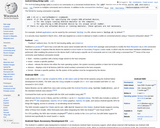
Android software development is the process by which new applications are created for devices running the Android operating system.
- Subject:
- Applied Science
- Computer Science
- Material Type:
- Activity/Lab
- Author:
- wikipedia
- Date Added:
- 08/27/2019

Android software development is the process by which new applications are created for devices running the Android operating system.
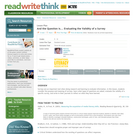
In this lesson, students learn to ask the right questions about the validity of surveys.

There's no question that students will be able to compose good survey questions by the end of this lesson.

Writing an anecdote as scaffolding to narrative writing

Proposta d'activitat sobre la creació d'un conte propi per a segon cicle d'educació infantil.
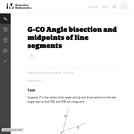
This task provides a construction of the angle bisector of an angle by reducing it to the bisection of an angle to finding the midpoint of a line segment. It is worth observing the symmetry -- for both finding midpoints and bisecting angles, the goal is to cut an object into two equal parts. The conclusion of this task is that they are, in a sense, of exactly equivalent difficulty -- bisecting a segment allows us to bisect and angle (part a) and, conversely, bisecting an angle allows us to bisect a segment (part b). In addition to seeing how these two constructions are related, the task also provides an opportunity for students to use two different triangle congruence criteria: SSS and SAS.
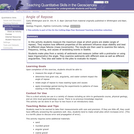
A student activity to determine the angle of repose and what factors determine the angle of repose.
(Note: this resource was added to OER Commons as part of a batch upload of over 2,200 records. If you notice an issue with the quality of the metadata, please let us know by using the 'report' button and we will flag it for consideration.)

This video segment from NOVA: "Animal Imposters" shows the lightning-fast strike of the anglerfish.
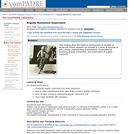
After using the historical development of concepts of conserved motion to develop introductory understanding, students are directed to a series of activities to gain a better understanding of momentum, conservation of momenta, angular momentum, and conservation of angular momenta.
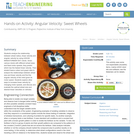
Students analyze the relationship between wheel radius, linear velocity and angular velocity by using LEGO(TM) MINDSTORMS(TM) NXT robots. Given various robots with different wheel sizes and fixed motor speeds, they predict which has the fastest linear velocity. Then student teams collect and graph data to analyze the relationships between wheel size and linear velocity and find the angular velocity of the robot given its motor speed. Students explore other ways to increase linear velocity by changing motor speeds, and discuss and evaluate the optimal wheel size and desired linear velocities on vehicles.

This lesson will introduce camouflage and adaptations, enabling students to be able to identify the importance of animals adapting in a changing climate.
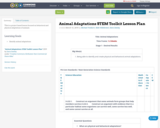
This is a project based lesson focused on behavioral and physical adaptations of animals.
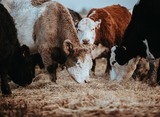
This lesson offers learners the opportunity to understand the importance of nutrition in the livestock industry and the differences between species in terms of anatomy, physiology, and nutrient requirements and/or deficiencies. This represents a portion of the Introduction to Agriculture, Food, and Natural Resources (AFNR) series in Nebraska middle and high school agricultural education.
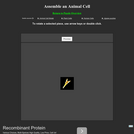
Try your hand at assembling the following animal cell jigsaw puzzle created with an image from CELLS alive! This puzzle is 32 pieces and generally takes a few minutes to solve. Have fun!
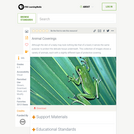
It takes a thick skin to withstand the hardships that life has to offer. This collection of images shows a variety of animals, each with a slightly different type of protective covering.

This lesson presents an overview of the role of genetics, breeding, and reproduction in animal agriculture. Learners will become familiar with fundamentals of genetics, complete a Punnett square, understand phenotypes and genotypes, identify parts of reproductive systems, and discuss breeding systems used in the animal industry. This represents a portion of the Introduction to Agriculture, Food, and Natural Resources (AFNR) series in Nebraska middle and high school agricultural education.

This is a lesson that can be used to teach beginning Introduction to Agriculture students about the types of drugs we administer to animals. Students then get to complete a hands-on lab activity where they learn about and demonstrate four types of injections.

Supporting inquiry-based research projects, the Animal Inquiry interactive invites elementary students to explore animal facts and habitats using writing prompts to guide and record their findings.

Students will use pictures to determine the emotions that others feel. Afterwards, students will take an animal personality test to determine what type of animal they are most like. Students will then share with others what animal they are most like and why they are most like that animal.
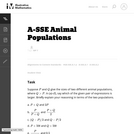
In this task students have to interpret expressions involving two variables in the context of a real world situation. All given expressions can be interpreted as quantities that one might study when looking at two animal populations.